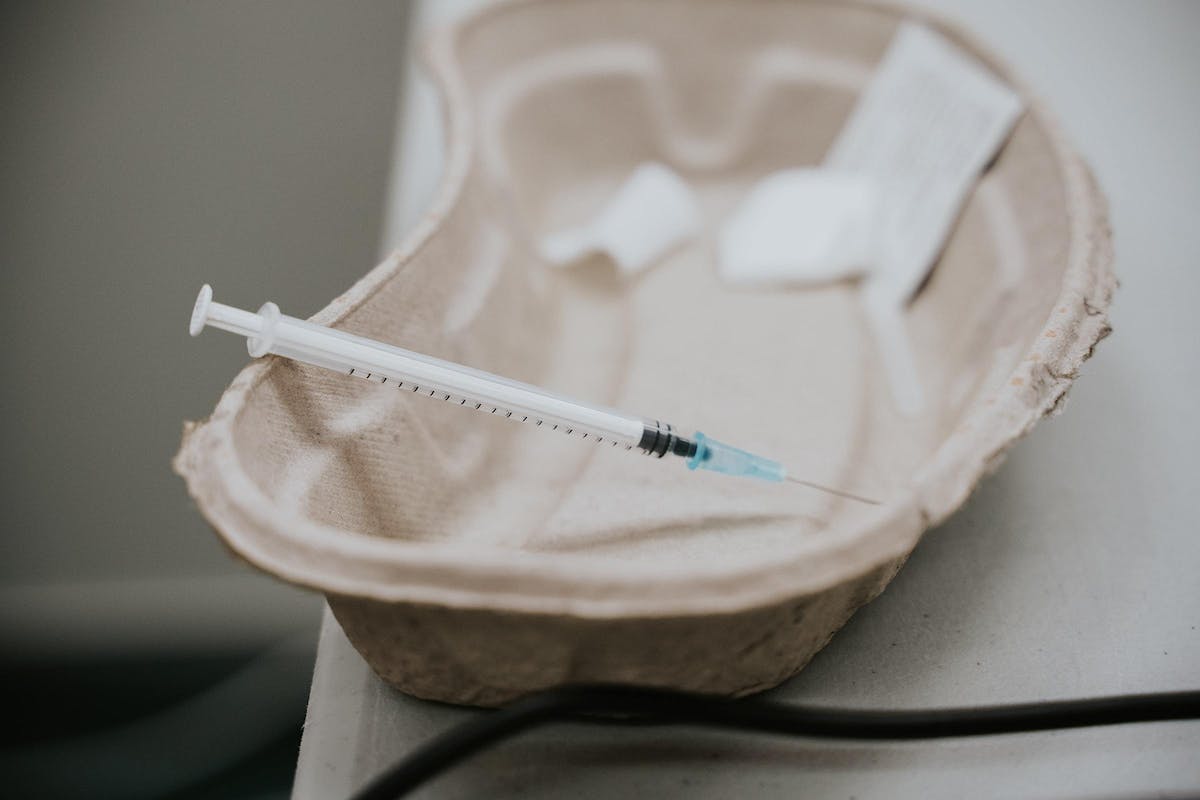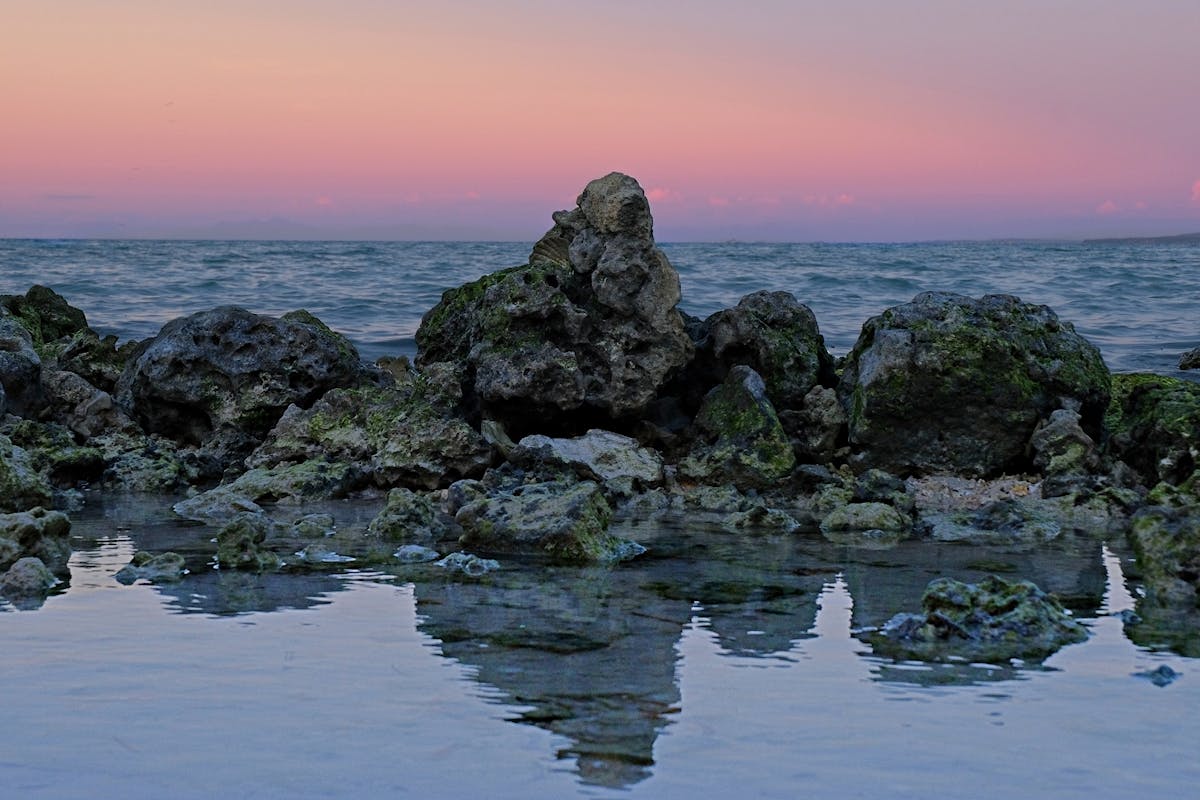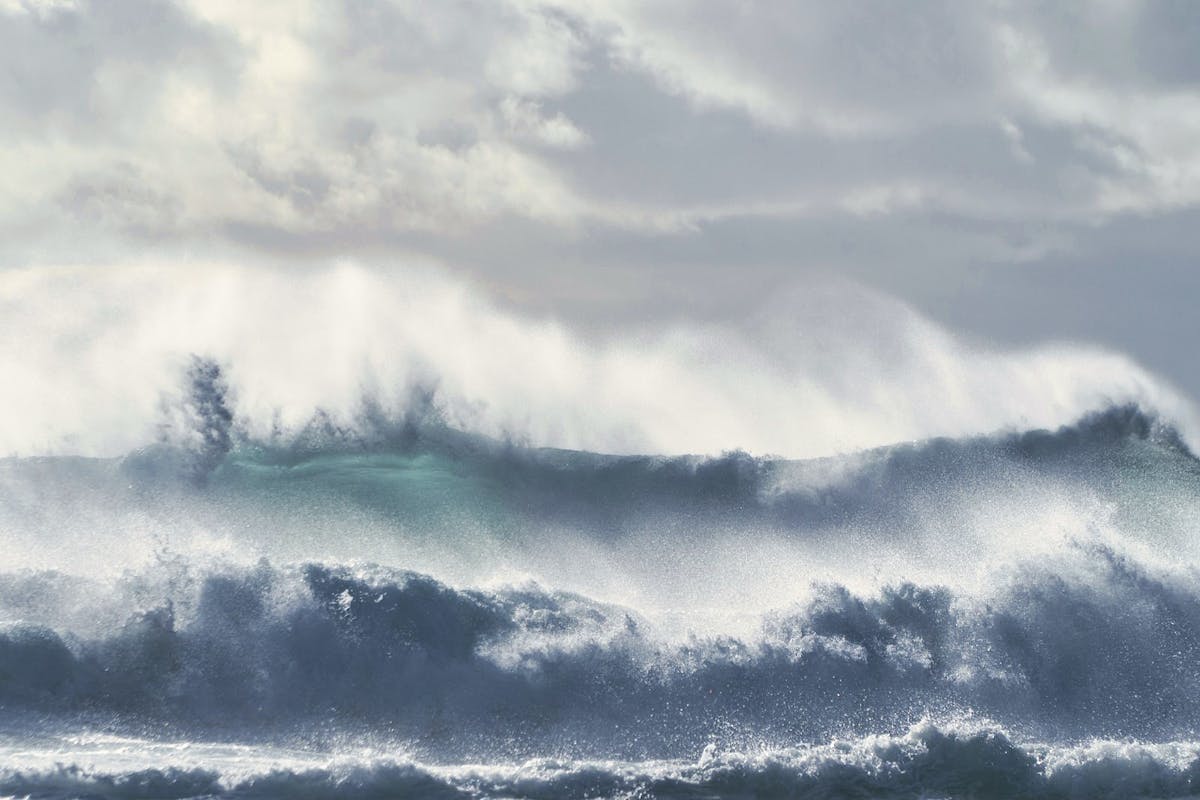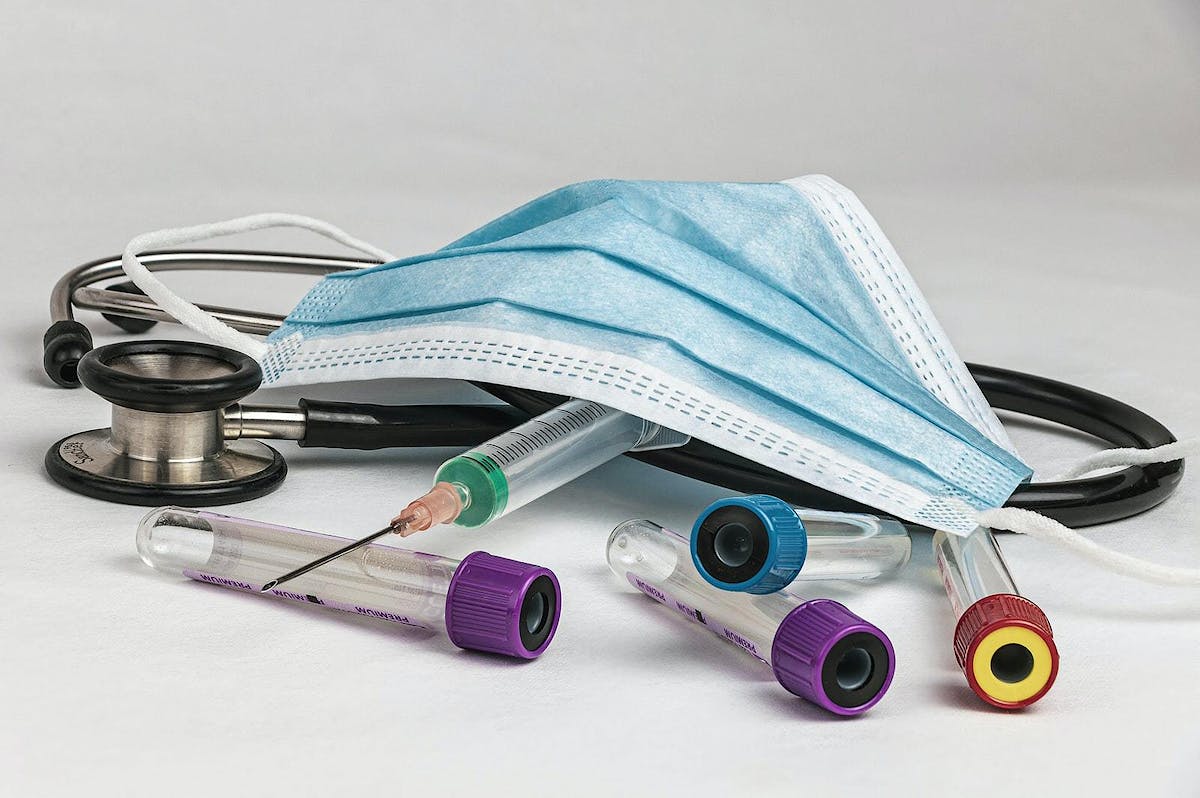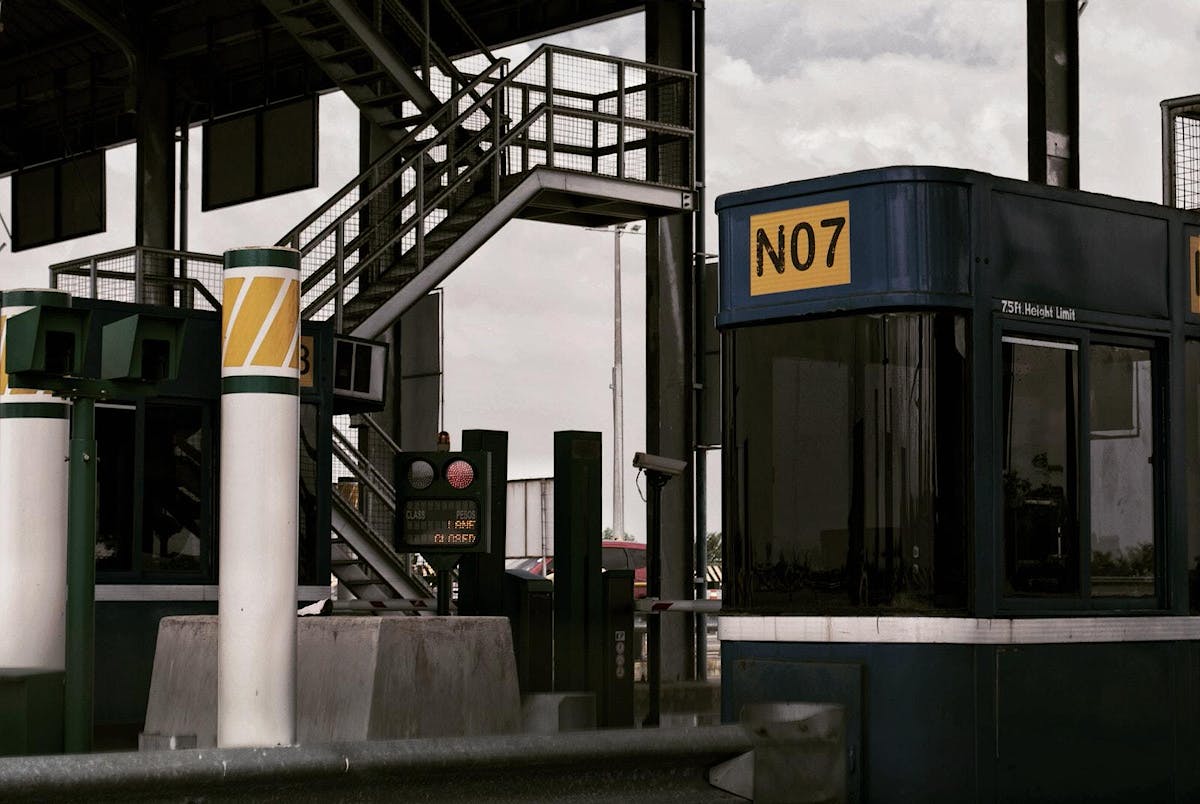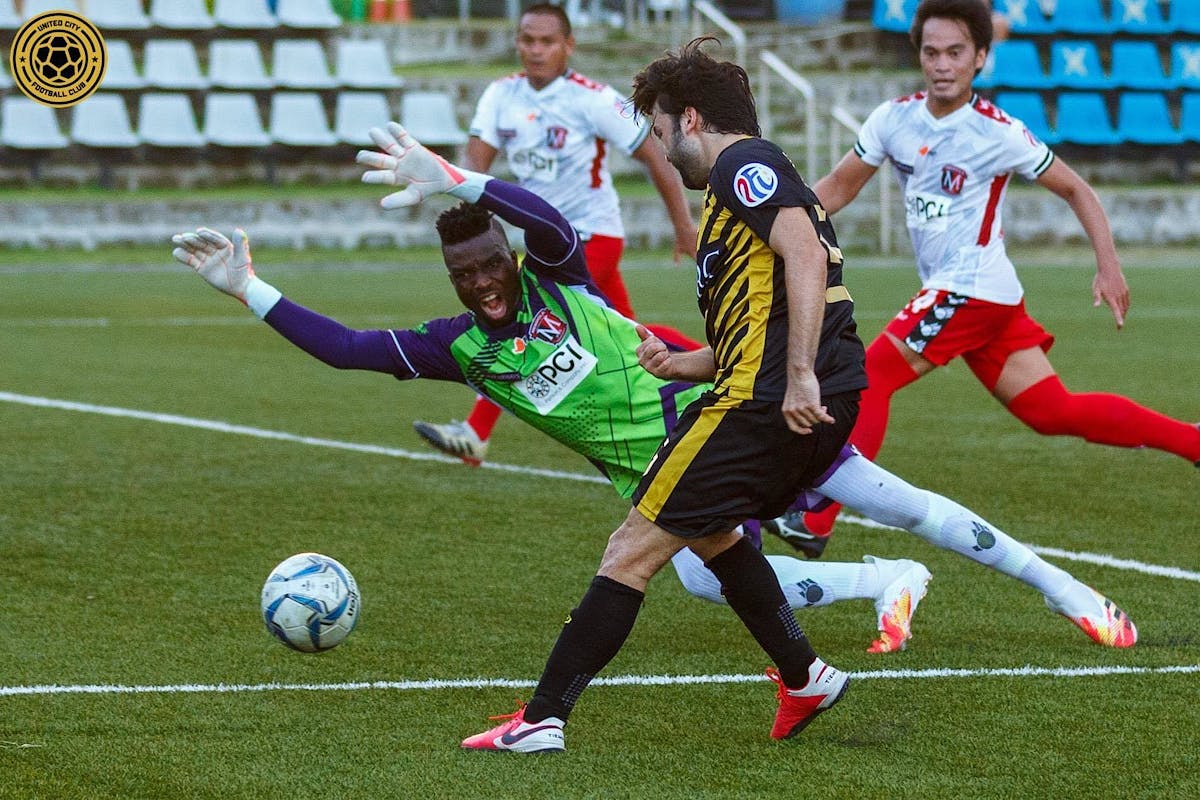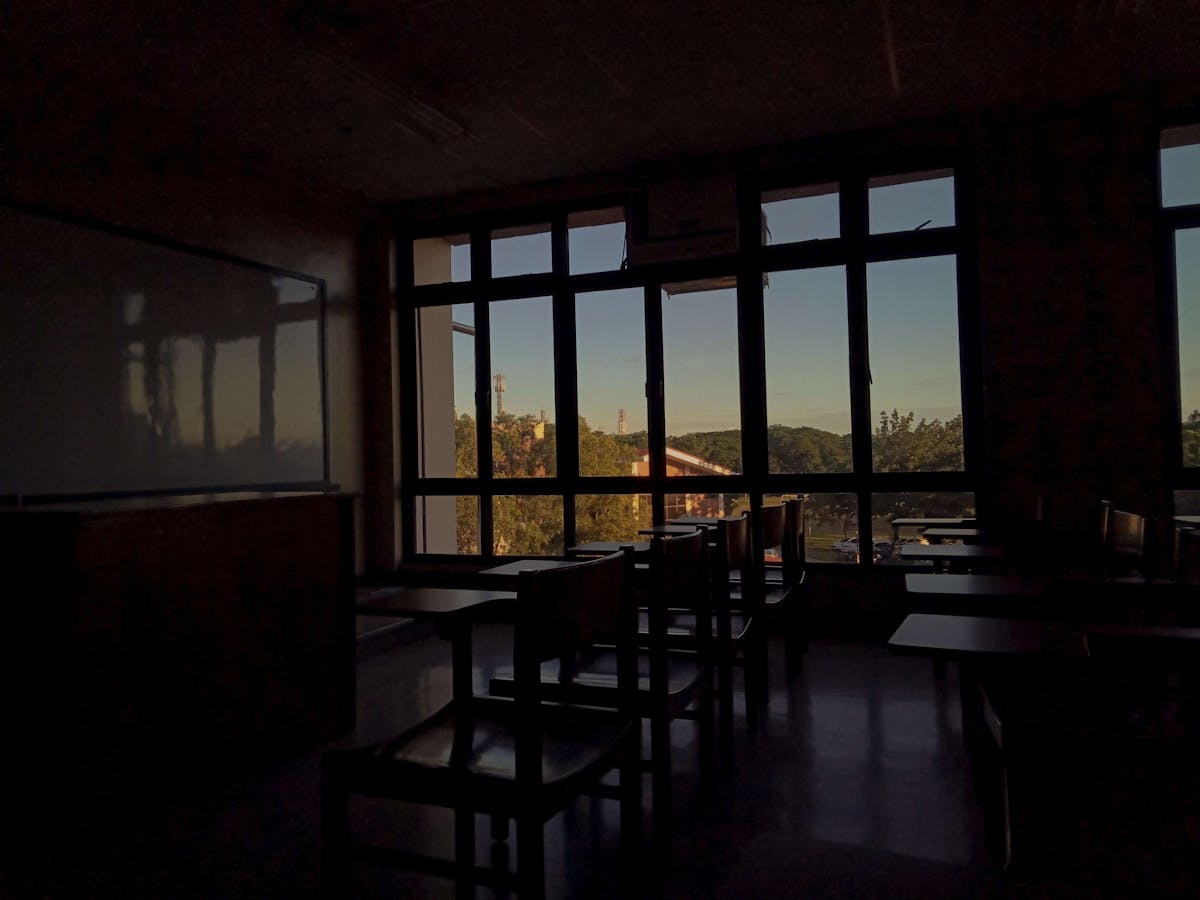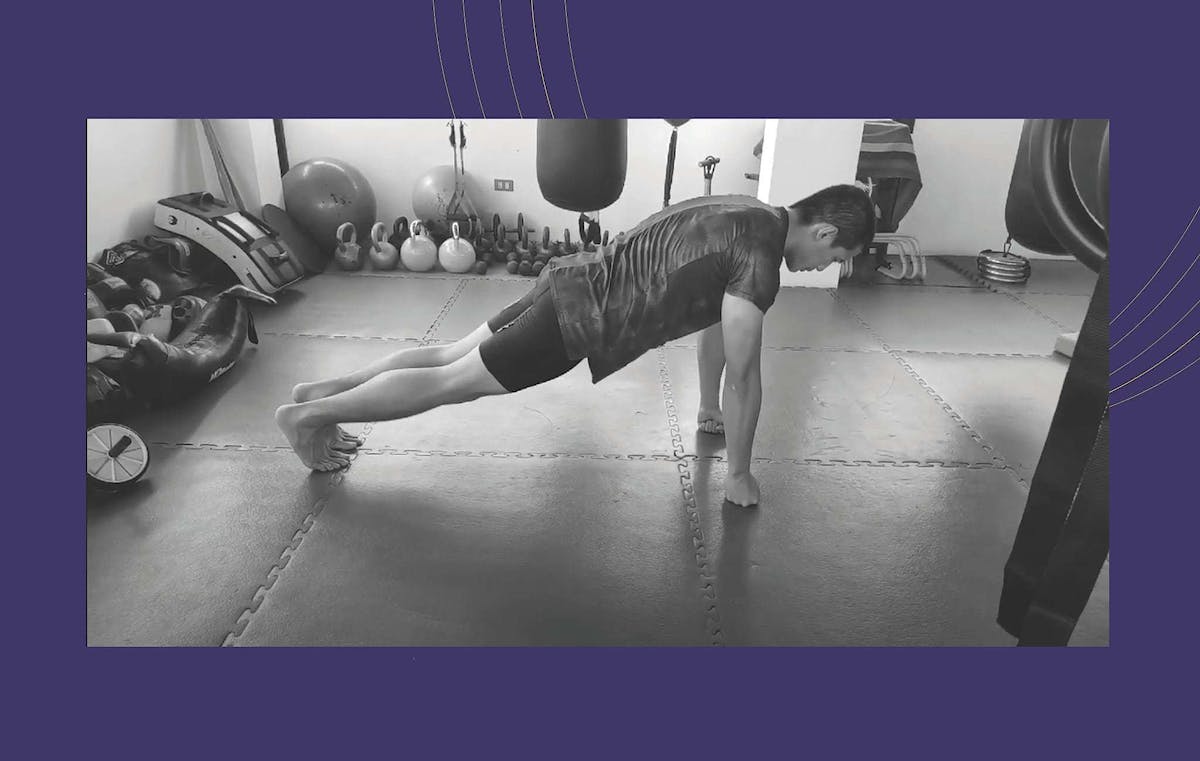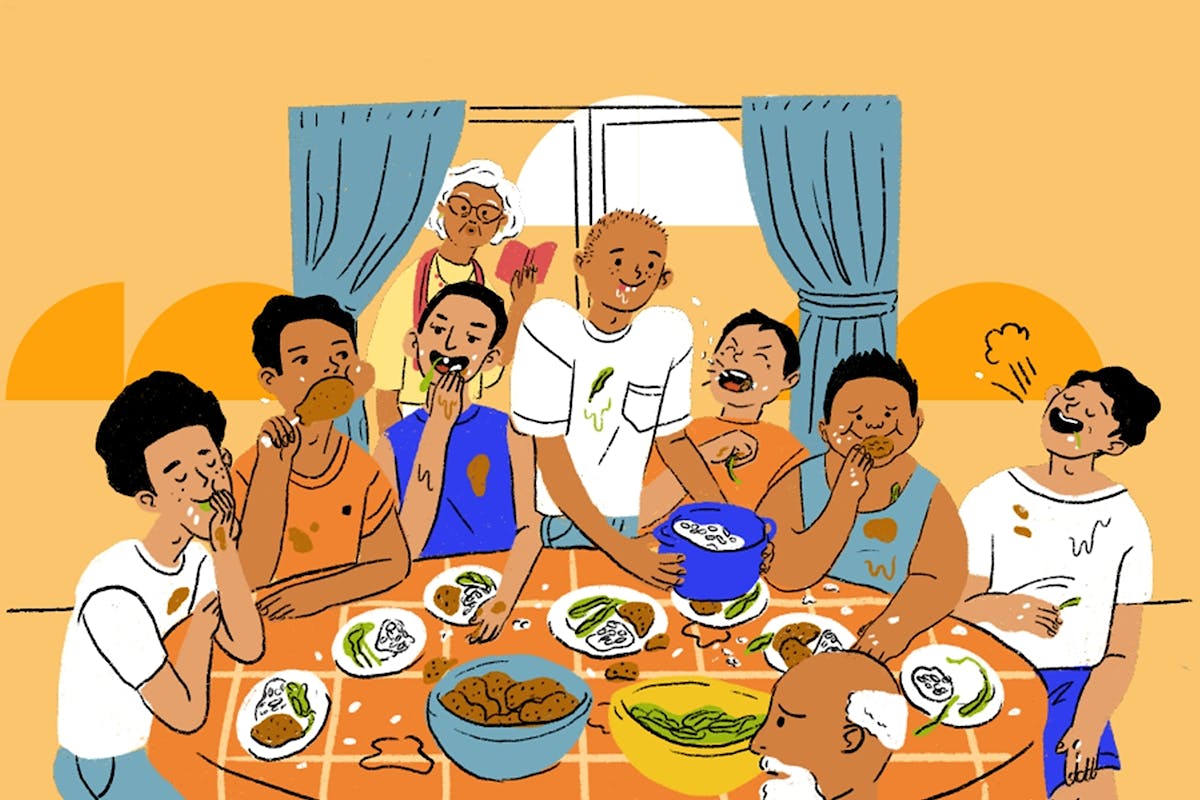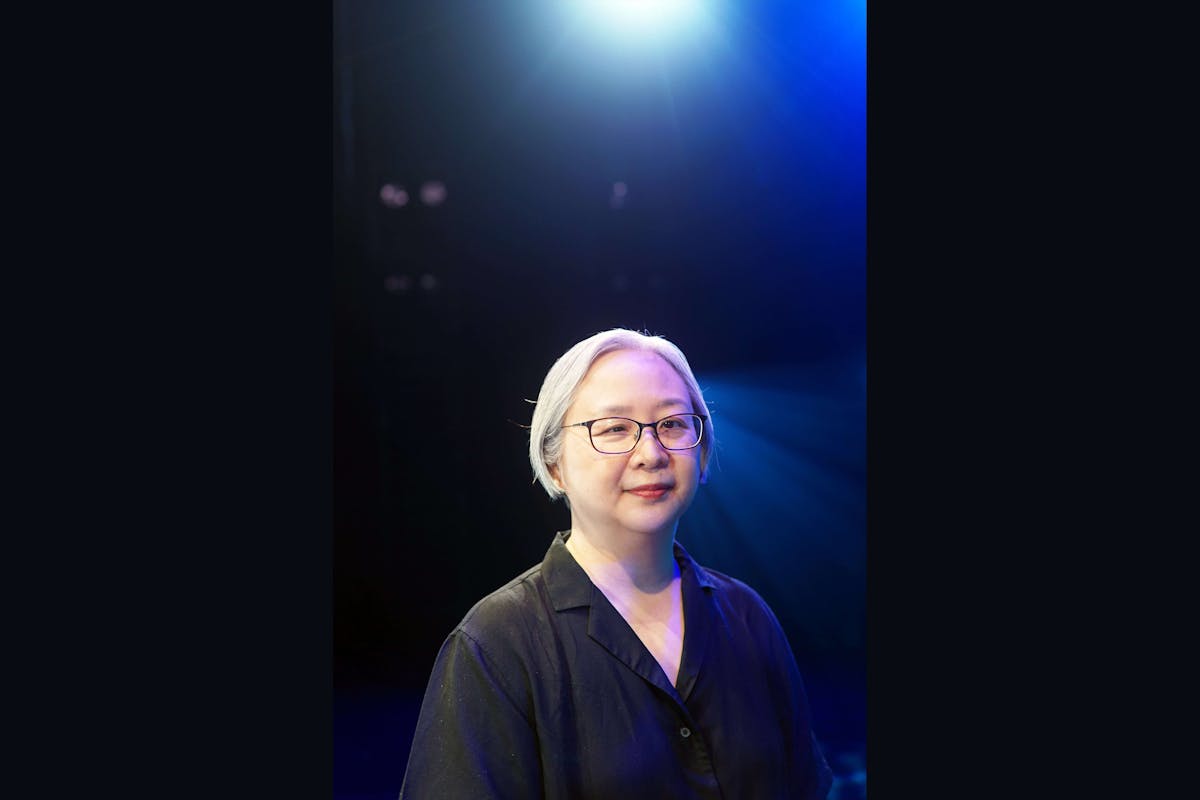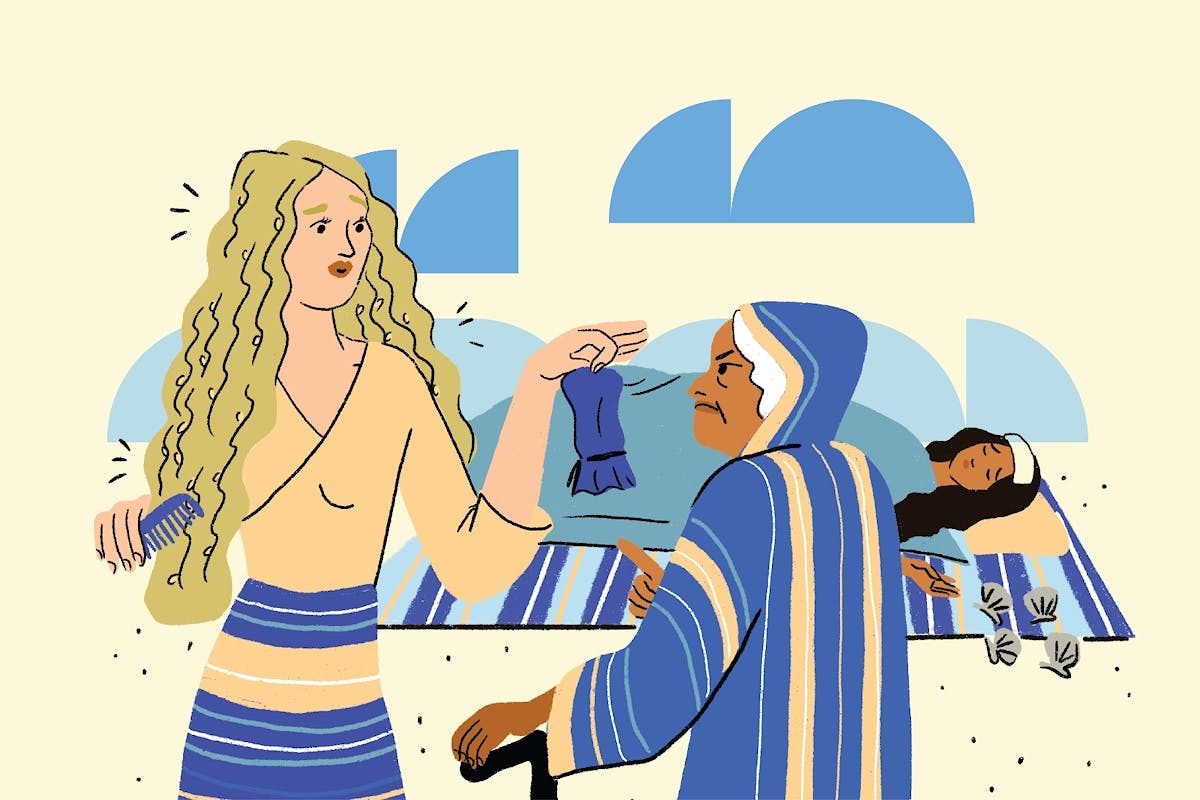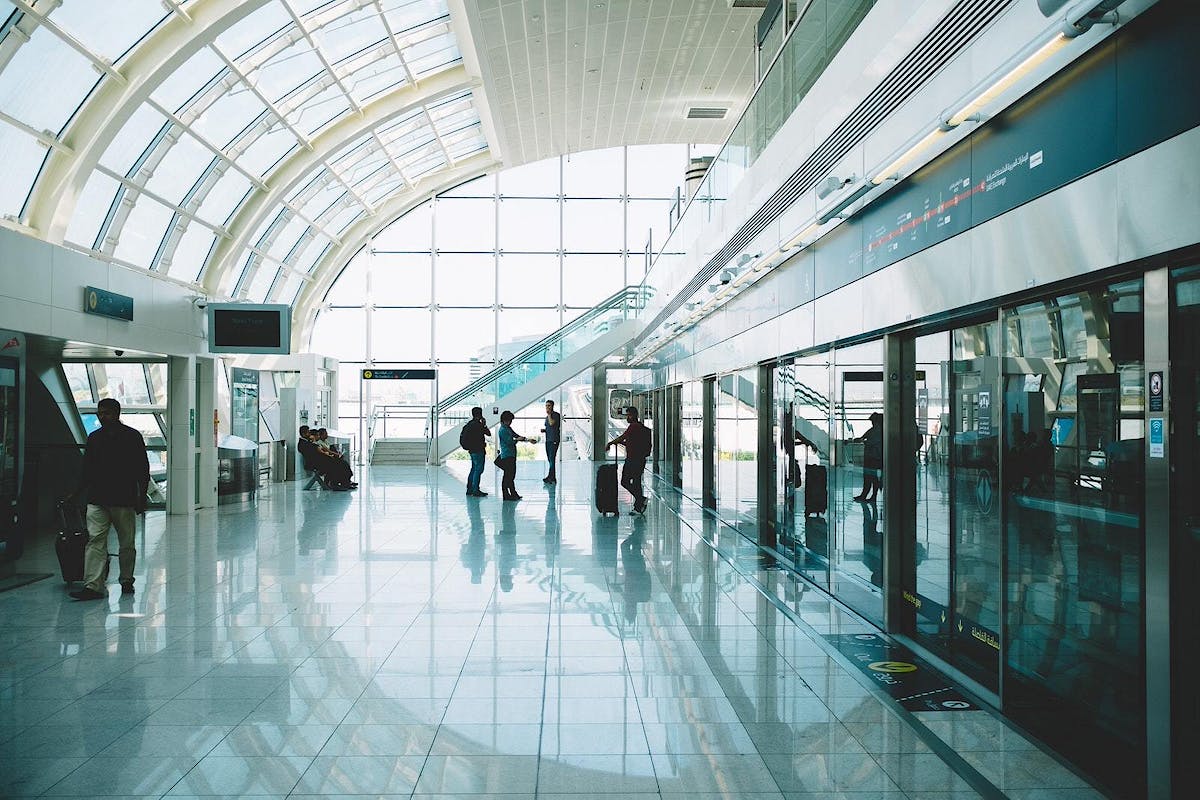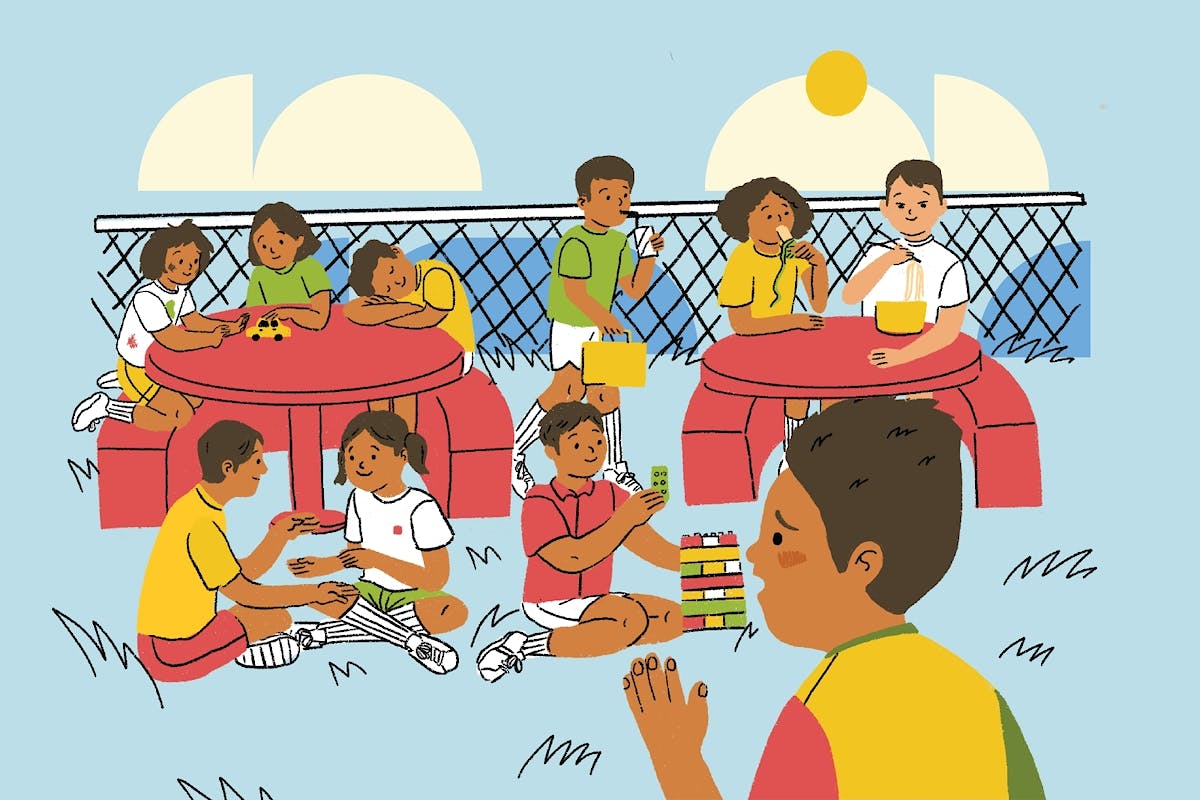
Our Way Forward
Graduate School in the USA during the COVID-19 Pandemic: A Retrospective
I moved to California in September 2019 to pursue a master’s degree in Computer Science. After adjusting to a new culture and school environment, the first few months went smoothly enough.

I moved to California in September 2019 to pursue a master’s degree in Computer Science. After adjusting to a new culture and school environment, the first few months went smoothly enough. Late in the year there were reports of a new epidemic that broke out in Wuhan, which was unfortunate, but just a blip on everyone’s inundated newsfeeds. After all, how could something so far away affect people in America? I went back to the Philippines to celebrate the holidays with my family for three weeks before returning to the States.
Winter 2020: The Prelude
The first few weeks of my winter term went by with no incident. I went to classes and went out to watch movies and musicals. As we got closer to the middle of the term, there were growing concerns about the COVID-19 virus, as it had spread to other countries and was becoming a global health concern. Some people suggested closing down some things as a preemptive measure, but others felt that was an overreaction. The professor whom I was a teaching assistant for at the time told his class that we’d all eventually contract it and reach herd immunity soon enough. I honestly thought it would blow over at some point, like with the SARS and AH1N1 outbreaks in the past.
It did not. By finals week, there were reports that several people all over the States had contracted the virus. Universities all over the country began closing down. University of California Davis, my school, issued directives to make final exams optional or offer alternate forms of assessment. At the moment I was so overwhelmed with work that I was just relieved I didn’t have to grade the undergrads’ exams, or take the finals for my own grad classes. If we all just stayed inside for about two weeks, we would see each other again for the spring term, right?
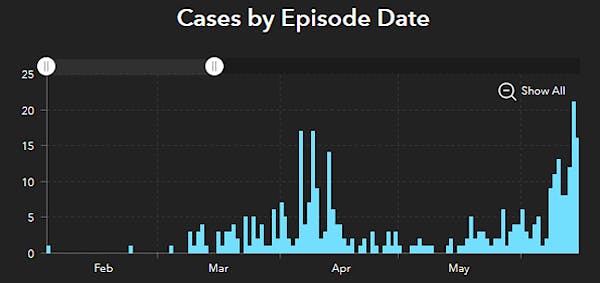
Coronavirus cases in Yolo county (population 220k) up to the middle of June 2020
Remote learning was a new challenge that most instructors and teaching assistants had to face. It was a format with its own quirks and challenges. Some students moved back home, which meant that instructors could no longer assume everyone was in the university’s time zone. New modes of instruction and assessment arose out of necessity, such as asynchronously delivered lectures, online exams, and video recordings for students who couldn’t attend lectures live or who simply wanted to review the material. Students were upset that some in-campus events had to be canceled, but were mostly fine. People pursued new quarantine hobbies to make up for the inability to go outside.
Since the virus was completely novel, nobody really knew what to do. Some people were overly cautious with their approach at first, while others still didn’t think it was a big deal. There were mixed messages from health authorities on wearing masks. Lots of new information and advice circulated. Sanitize all deliveries. Take a shower after going outside. It was upsetting, but people were riding on the hope that the curve would flatten by summer, and this would all be over. I was hoping that by June, I could go back to the Philippines to see my loved ones and even attend a friend’s wedding, which had already been postponed because of the pandemic.
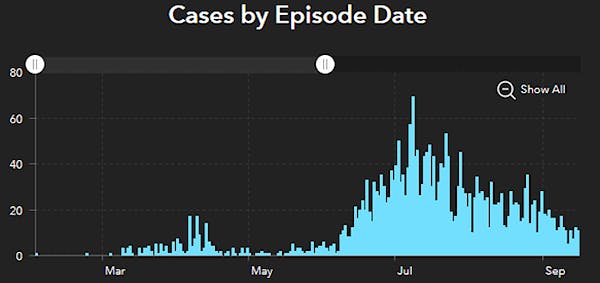
Coronavirus cases in Yolo county up to the middle of September 2020, now peaking at the 70s
By June, it was clear that things weren’t going back to normal just yet. I was going to cancel my flight back to the Philippines, but the airline beat me to it and canceled all flights. It was clear I wasn’t going to see my family for a few more months. It wasn’t a sacrifice I was prepared to make because like everyone else, I was expecting things to be over by then. I applied for summer teaching assistant jobs to help pay for my expenses. I already had experience working remotely, so I went about with the practices I’d picked up and established.
At the time, California leadership still didn’t have plans on how to reopen things, and by then people were starting to feel the economic consequences of closing down businesses for several months. For a brief period, the university reopened the campus gym around June, but they had to close it two weeks later after cases started to go up again. Some establishments were partially open out of necessity, but people still weren’t sure how to do so safely.
As an international student, the biggest blow to me during this time was the Trump administration’s directive to force international students to return to their home country if they weren’t taking in-person classes during the fall (thus forcing people already in the US to travel), or transfer to a different school with in-person classes on short notice. I knew from the beginning that schools would push back because international students bring in billions of dollars to the US economy each year, and sure enough schools such as Harvard and MIT launched class action lawsuits against this. Some people suspect this was a political ploy to force schools to hold in-person classes during the fall, which Trump had promised. In any case, the message was clear: it didn’t matter whether we were exposed to the virus in our classrooms or were forced to fly home to a country that may have denied entry to anyone coming from the US; holding in-person classes was more important. Our lives were just a pawn in their political games.
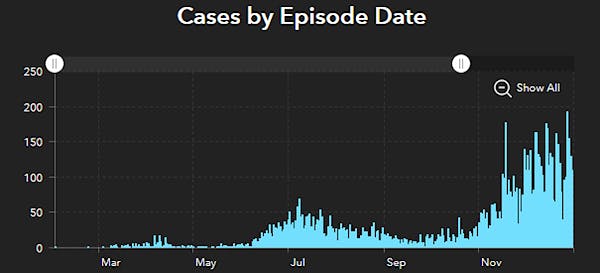
Coronavirus cases in Yolo county up to the end of 2020, now peaking at the 200s
University life continued the same way as the previous months. At this point, California leadership had established a tier system that decides up to what extent each county could reopen its establishments. Tier assignments were based on the county’s most recent Coronavirus metrics, such as active cases and infection rates. Things had calmed down from the summer peak, but experts warned of an incoming surge near the holiday season. Sure enough, around November, the pandemic situation was the worst it had ever been across the country. ICUs were almost at capacity. The California governor issued an emergency stay-at-home order, shutting down non-essential establishments and imposing a curfew.
Another significant event during this time was the USA presidential election in November. Several states saw more mailed-in ballots due to the risks of voting at the precinct. Trump requested recounts in some states due to razor-thin margins among the votes. In the end, Joseph Biden of the Democratic Party had won by a smaller margin than predicted, displacing the incumbent Donald Trump. Trump’s management of the pandemic left millions of voters dissatisfied, causing his approval ratings to dip near the end of his term.
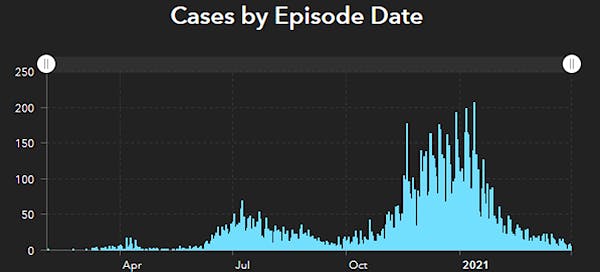
Coronavirus cases in Yolo county up to the present, having peaked in January in the 200s
Students were beginning to experience fatigue after nearly a year of remote learning. Although it offered some conveniences, an online environment could not replicate the full college experience. Campus life was nonexistent. Instructors complained that the lack of nonverbal cues made it difficult to regulate the pacing of their instruction, since most of the time they only saw student portraits or names over Zoom. Moreover, the virus was still a palpable threat, which further stressed students out. Many opportunities and lives had been lost. The death toll in the USA was around 500k during this time.
A bright spot was the FDA approval of two vaccine brands: Moderna and Pfizer/BioNTech. Rollout began in December, with priority being given to healthcare frontline workers and the elderly, who were most at-risk of hospitalization and death. The distribution was slow at first, but President Biden promised to have 100 million doses administered within the first 100 days of his presidency, which he had passed around the 60-day mark. The approval of a third vaccine brand, Johnson & Johnson, helped accelerate the process. As of this writing, California made all residents ages 50+ eligible for the vaccine on April 1st, and will make all adult residents eligible by April 15th. Although approximately 30% of the entire US population had received at least one dose by April, vaccine hesitancy remains a concern in reaching herd immunity. Surveys show that it’s become a partisan issue, with a higher proportion of Republicans unwilling to get the vaccine compared to Democrats. Experts suggest that around 60-90% of the population needs to be immune (either through vaccination or recent exposure) to reach herd immunity. A slow vaccine rollout could also risk the development of vaccine-resistant variants among the unvaccinated, making time a critical factor in neutralizing the danger of the COVID-19 virus.
The worst seems to be over, but several costly mistakes were made. Lives were needlessly lost, and a stimulus package worth trillions of dollars was disbursed to US citizens to repair the damage caused by closing places down. On a personal level, the online format wasn’t as conducive to learning as a physical classroom, my social life disappeared, and I missed out on multiple events. I had wanted to experience grad school for several years, and now I lost my chance. I’ll be finishing my master’s degree with less than a year of physical presence in the campus.
So far, none of my loved ones in the Philippines have fallen seriously ill just yet, and I’ll soon be eligible for the vaccine as a California resident during a time when most people in the world still don’t have access to it. Currently, 10 to 15 thousand new cases are confirmed in the Philippines each day, and I’ve read horror stories of deathly ill people being turned away from ICUs due to the lack of capacity and staff. Although case rates are low and vaccines are readily available here, I still worry about loved ones in the Philippines who are at risk. Every day, I’m confronted with the fear that if someone I loved in the Philippines died, I might not even be able to fly back to attend their funeral or burial. Being caught between two worlds, I’ve come to notice the stark difference in how the pandemic is playing out in Manila and America.
Right now, I’m both cautiously optimistic and fearful of what will come. It’s an uneasy thought, but in the past year we’ve confronted the reality that our lives are often in the hands of forces beyond our control. Long-term planning becomes moot when we don’t even know what things will be like in the next 3 months, so I sometimes take things one day at a time. I still have no clue what a post-COVID world will look like or how it will affect my future prospects. All I could hope for is to survive with the people still in my life. Everyone has lost so much, so I suppose that’s all anyone could ask for these days.
